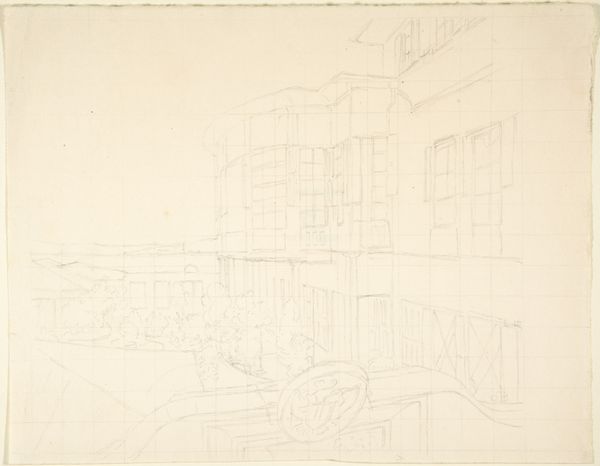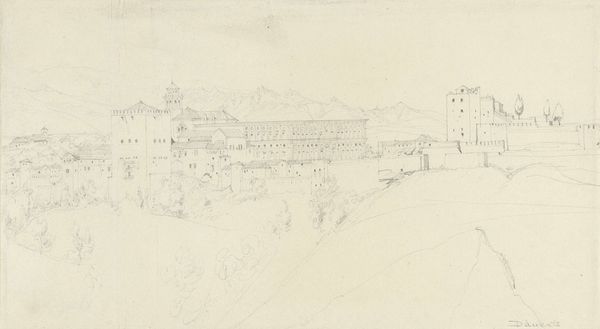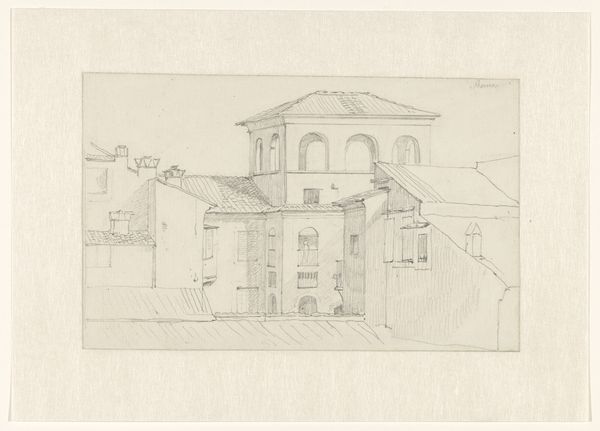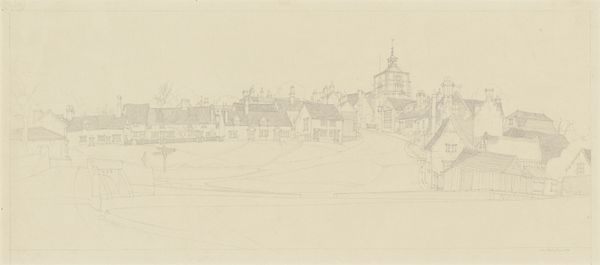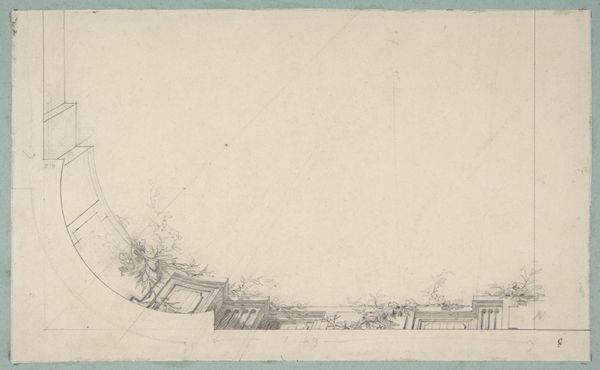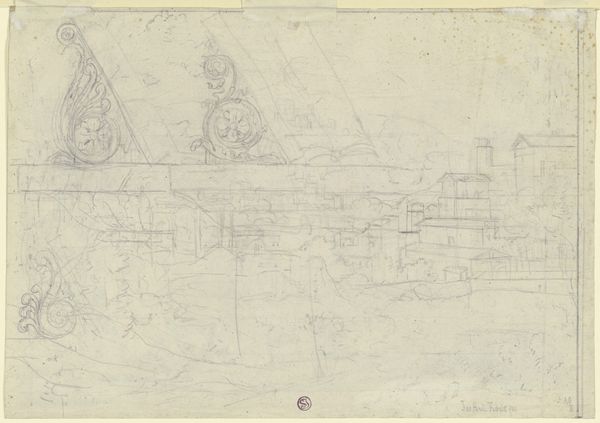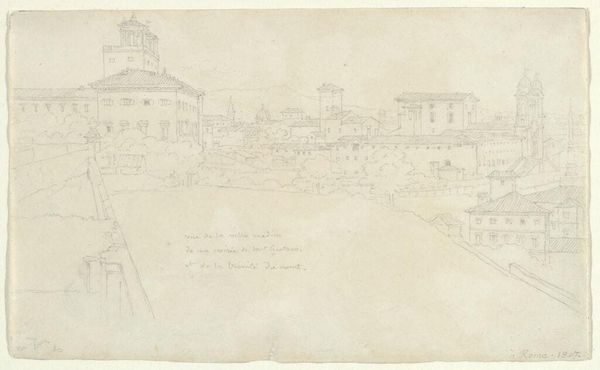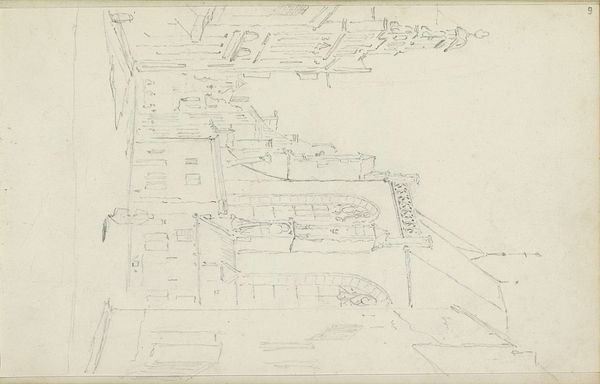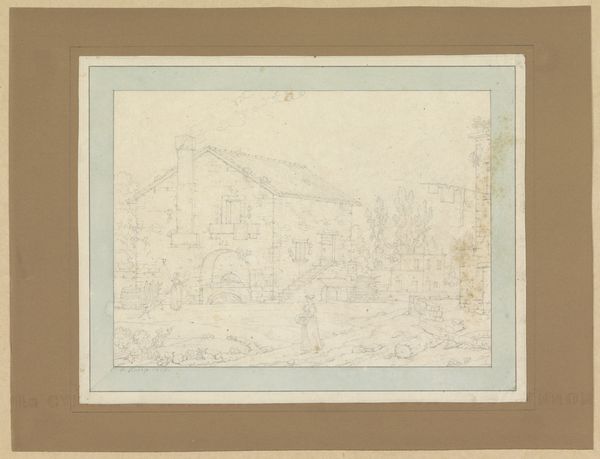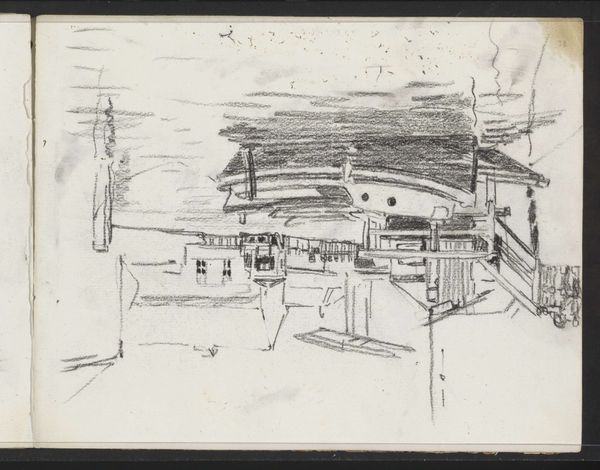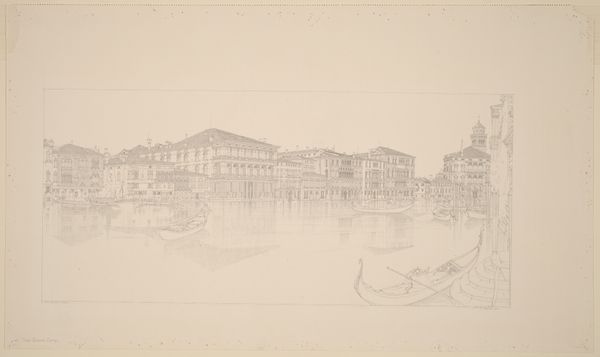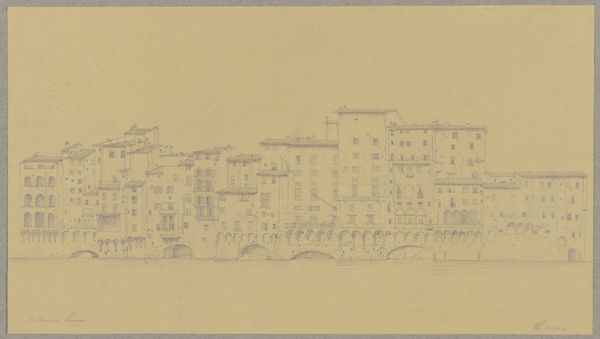
drawing, pencil
#
drawing
#
landscape
#
etching
#
pencil
#
cityscape
Dimensions: image: 16.2 x 36.1 cm (6 3/8 x 14 3/16 in.) sheet: 26.2 x 47 cm (10 5/16 x 18 1/2 in.)
Copyright: National Gallery of Art: CC0 1.0
Curator: John Taylor Arms created this cityscape, “Venetian Mirror,” in 1935, employing both pencil and etching techniques. Editor: It evokes a dreamlike, almost ghostly vision of Venice, doesn't it? The muted tones and delicate lines create a sense of transience. Curator: The perspective is indeed fascinating, the composition reflecting the architectural facades and suggesting the fluidity of the water. The line work, although light, demonstrates significant control. Look at the repetition of forms—windows, arches—how each echoes and reinforces the structure of the whole. Editor: Venice, often portrayed romantically, is presented here with a certain distance, or even ambiguity. Post-1929, the city saw social anxieties brewing with the looming threat of war—I am wondering whether this cityscape holds some sort of social anxiety embedded in the period’s context? Curator: I appreciate the introduction of external context; yet, to examine it formally, note how Arms masterfully contrasts the sharp architectural lines with the subtle, blurred reflections. Editor: That contrast itself could embody the clash between an idealized, historical Venice and the anxieties of the present as if two realities existed simultaneously. Who gets to experience the “ideal” Venice—considering the looming economic disparity of the time? Perhaps, the artist is making a subtle comment on class through representing a dying way of Venetian life. Curator: Such interpretive ideas may reflect present anxieties, but they run the risk of not focusing closely on what Arms accomplished structurally within this single image. Editor: Isn’t art inherently social? Even in the selection of subject matter, it embodies a silent claim. For example, how is the “Venetian mirror” a stand-in metaphor to showcase class relations and the role of media? Curator: Your contextual readings add depth. It is not a denial, but my belief is that analyzing the piece within its own language creates its own kind of clarity. I appreciate that he called it "Venetian Mirror;" indeed, the reflective technique and its material, as you indicated, serves as a tool that reflects many views. Editor: It’s essential to ask: whose reflection are we really seeing in that mirror, and whose stories are being obscured? Perhaps one might extend that analogy to museums, or even, indeed, audio guides!
Comments
No comments
Be the first to comment and join the conversation on the ultimate creative platform.
